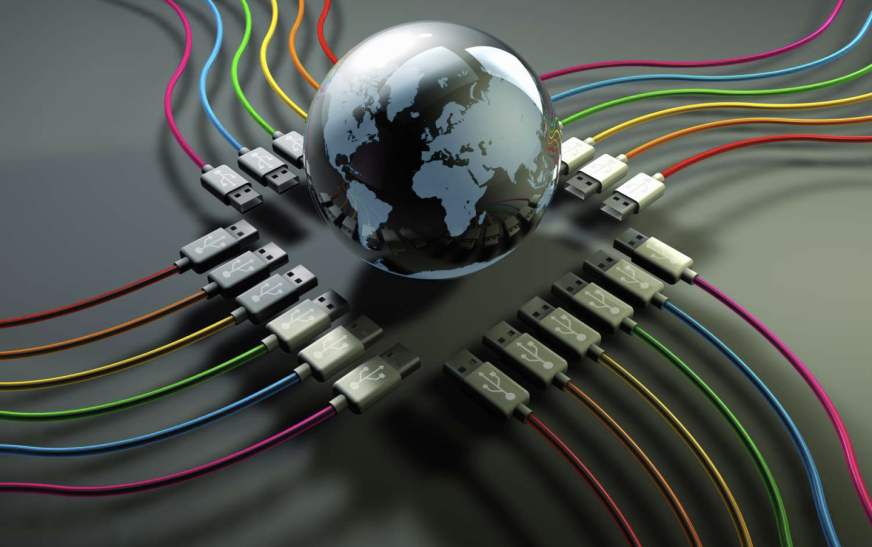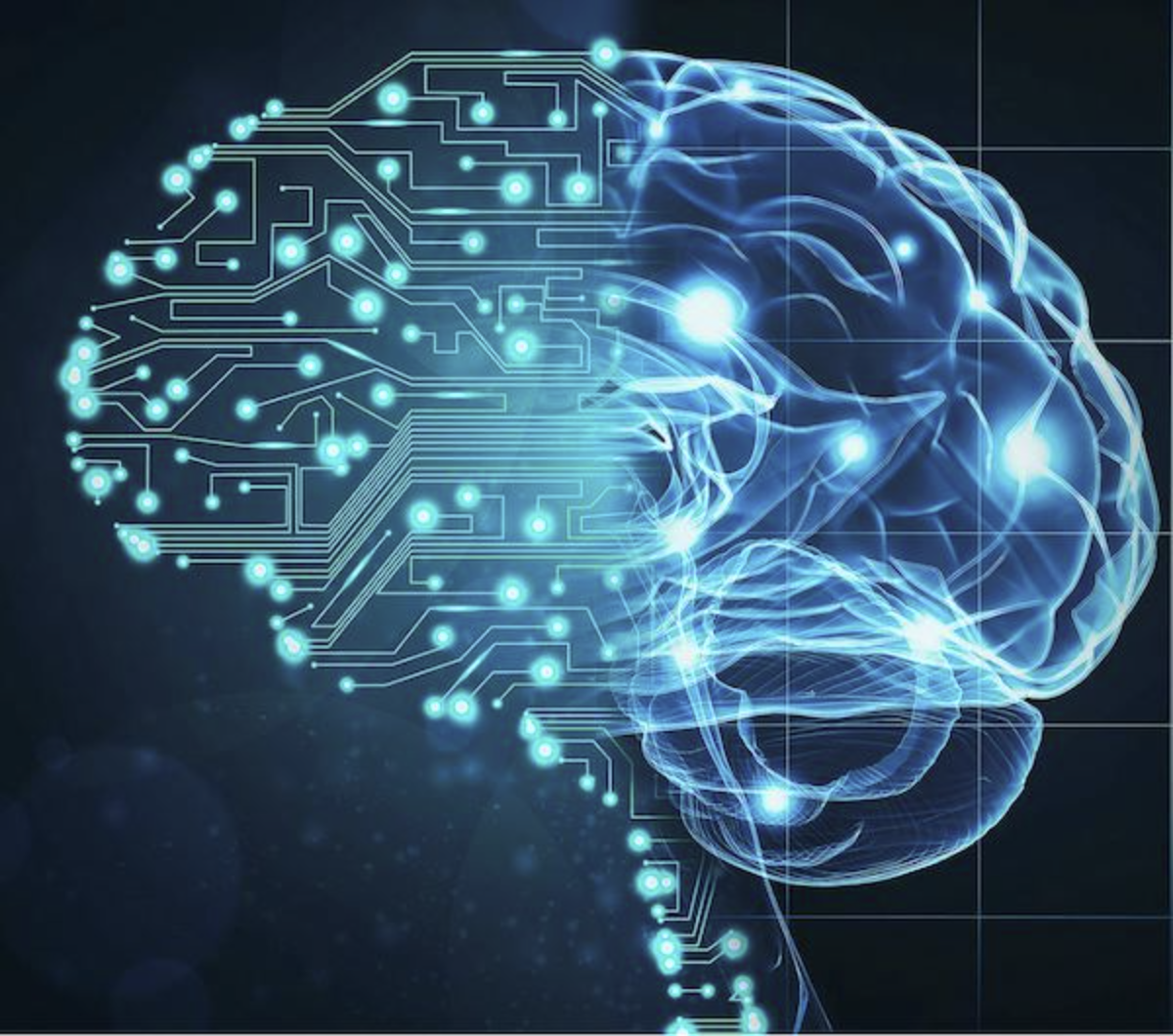
Cloud computing has become increasingly popular and is likely to continue growing. Its appeal comes from the many advantages it offers, especially for those who make the switch. Cloud computing provides far more storage than traditional physical devices, making data management, sharing, and availability much easier. Today, we use cloud-based services in our daily lives, such as Google Drive, Amazon Prime Video, and others. Although the content we access isn’t physically stored on our devices, we can still enjoy it thanks to the cloud. While these cloud services aren’t free, they follow a pricing model where you only pay for what you use, no more, no less. Today, cloud computing is utilized by businesses of all sizes and individuals from all walks of life. In fact, any service accessed via the internet falls under the umbrella of cloud computing, enabling us to access data even if we don’t own the physical device where the data is stored.
Cloud architecture eliminates the need for on-site hardware that was once essential in traditional computing systems. In the past, it was necessary to save your work on physical storage devices like hard drives or flash drives. With cloud computing, this is no longer required, saving us time that would have been spent transferring files to external drives. Additionally, data management has become much easier since we no longer have to worry about hardware failure or losing our storage devices. When data is uploaded to the cloud, it’s accessible from anywhere in the world.
Cloud Architecture
Cloud computing architecture refers to the combination of hardware and software components used to deliver cloud services. The architecture defines how these elements work together to provide efficient services to users, with a primary focus on delivering high bandwidth and an optimal user experience.
Hardware
Even though the hardware is virtual for the user, it plays a crucial role in making cloud computing possible. Just because we can’t physically see the hardware doesn’t mean it doesn’t exist. Cloud networks rely on a variety of equipment, which doesn’t have to be in the same physical location. For instance, one piece of equipment might be located in the U.S., while another is in Australia. The distance between these devices doesn’t affect the cloud network. When choosing hardware for cloud computing, it’s important to consider the processing power required for the task. Whether you’re running machine learning tasks or handling simple backend operations, the type of hardware needed will vary. The use case determines the hardware setup, which could include load balancers, routers, and backup equipment. Features like hypervisors, resource splitting, and separation are key in cloud computing, as they allow multiple servers to work together and be publicly accessible. As cloud computing becomes more widespread, its use is growing significantly.
The Borderline Between Hardware and Software
When data is virtualized in the cloud, it’s separated from the physical hardware and shared across the network. This process is managed by software applications and management systems that automate the creation of environments for users to access. While both hardware and software have distinct functions, they work hand-in-hand to deliver cloud services.
How Cloud Computing Works
Anyone with a computing device can connect to the cloud. These devices allow users to store, retrieve data, and access software and server resources remotely, even if the data is not physically present on the user’s device.
Instead of storing data on a local hard drive, cloud computing allows data and applications to be stored and accessed via the web. This type of system enables businesses of all sizes to grow and compete effectively, without the significant upfront costs associated with physical infrastructure. Cloud computing is often cheaper than traditional software and hardware, allowing companies to save on procurement, maintenance, and support costs, while still staying up-to-date with technological advancements.
Cloud services like Software as a Service (SaaS) are becoming increasingly popular. This model allows users to access software applications on their devices without needing to download, install, or maintain them. SaaS is typically offered on a subscription basis, where clients pay annual or monthly fees to use the service. This removes the need for customers to purchase additional hardware, delay software updates, or worry about regular maintenance, offering a hassle-free solution for businesses and individuals alike.













